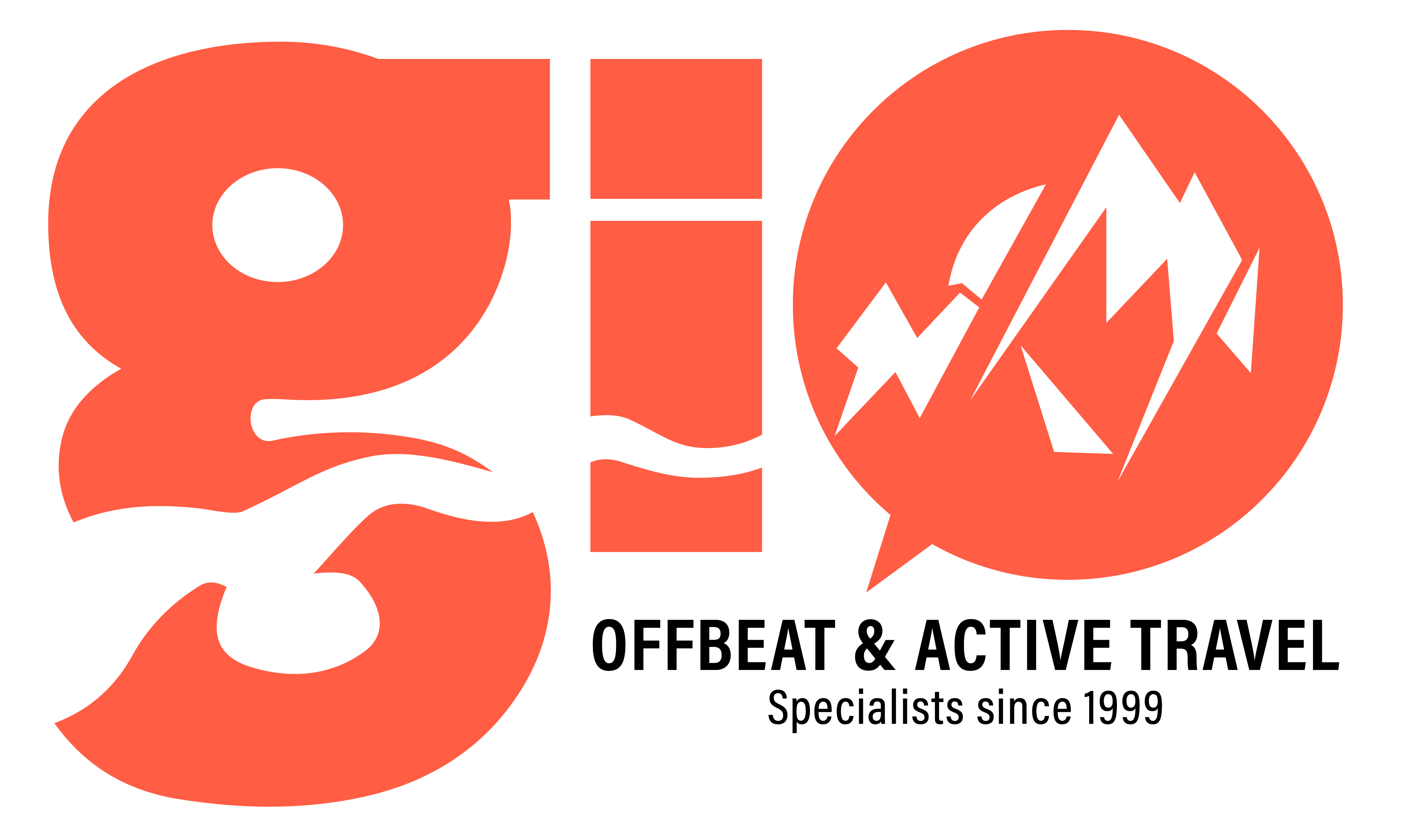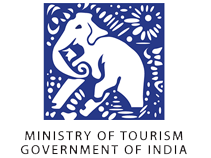YOUR GO-TO CHEAT SHEET TO GET TREK READY VALLEY OF FLOWERS & HEMKUND SAHIB
Published 31 Jan 2020
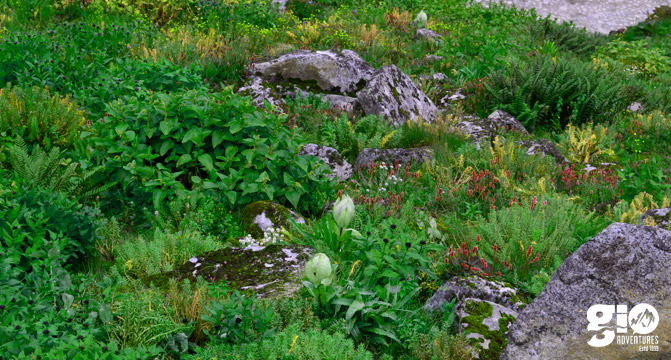
Valley of Flowers and the Hemkund Sahib trekking route is unarguably one of the most beautiful treks that Uttarakhand has to offer. If there is paradise anywhere on earth, this is close - where the mountains rise from a bed of colorful flowers and kiss the sky. Whether it is the panoramic vistas of the Valley of Flowers or soul-touching, life-changing experiences of Hemkund Sahib, this is one trek which must be on the bucket list of everyone who claims to have fallen in love with the Himalayas. Like all good things, this trek requires effort and meticulous planning and here's my take-away on how to prepare, what to expect and get yourself 'trek ready' for this experience of the six day adventure in the pristine valleys of upper reaches of Uttarakhand.
Valley of Flowers and the Hemkund Sahib trekking route is unarguably one of the most beautiful treks that Uttarakhand has to offer. If there is paradise anywhere on earth, this is close - where the mountains rise from a bed of colorful flowers and kiss the sky. Whether it is the panoramic vistas of the Valley of Flowers or soul-touching, life-changing experiences of Hemkund Sahib, this is one trek which must be on the bucket list of everyone who claims to have fallen in love with the Himalayas. Like all good things, this trek requires effort and meticulous planning and here's my take-away on how to prepare, what to expect and get yourself ‘trek ready’ for this experience of the six day adventure in the pristine valleys of upper reaches of Uttarakhand.
1. Plan in Advance - Valley of Flowers and Hemkund Sahib is accessible for only a few months every year- from mid-June to the first week of October. Even though these are the monsoon months, the flowers bloom during this period only. This is also one of the few trekking destinations that is recommended during the rains. If you're planning to go with an adventure company (I went with Great Indian Outdoors), the spots fill up much before the departure dates, so book as soon as you've decided to go!
2. Know What You Want To See - One must carefully choose the time of visit as the landscapes you get to see totally depend on the month you're going. While snow-capped mountains and glaciers are what you can expect in June, there will not be many flowers that time. July and August are perfect if you're going for the flowers that carpet the meadows on the trek. You might even see the elusive Blue Poppies and Bhrahmakamals if you're lucky. Usually, the flowers last until the first week of September though a dry autumn lurks behind one of those mountains. October is essentially when you get to see fall colors, after the last of the flowers has said goodbye for the year.
3. Distances Covered per Day - The difficulty level of the trek is Moderate +, which means one has to be physically fit to be able to do it. It involves the task of walking uphill for around 16 km from Govindghat to the base camp Ghangria on Day-1, 6 km+ on Day-2 for Valley of Flowers (depending on how further inside the valley you want to go) and around 5km on Day-3 for Hemkund Sahib, which is the steepest of the three. Day -4 again includes downhill trek back from Ghangria to Govindghat. As you can imagine, this is no mean feat. There is no fun if your legs are noodly and you have to stop every 10 minutes to catch a breath.
4. Physical Fitness - The VOF and Hemkund Trek requires one to be fit to trek relatively long and undulating distances. It is advisable to start a short fitness routine a few weeks before the trek, if you're not exercising regularly. No good thing comes easy, and the views that lie ahead in the lap of upper Himalayas are no exception. One has to earn the right to witness such exquisite beauty, which by the way is totally worth the effort (both physical and mental) it takes to reach there. I recommend a month long gym routine that focusses on strength and core. This can be achieved by a suitable cardio routine and core exercises that will ensure that you can lift your own day back with ease.
5. Trekking Shoes - While this one seems too obvious, one cannot undermine the importance of a good pair of trekking shoes. Be mindful of the rains and the terrain when selecting the right shoes, because without the correct pair, it is impossible to finish this monsoon trek. Buy a size bigger than usual, preferably waterproof ones with ankle support, because the terrain surprises you in the most unexpected of turns. Also make sure to break into your shoes much before the trek. ‘Breaking In’ can be done with a short hike close by, or even wearing your shoes for daily. New shoes are a complete NO.
6. Monsoon Trek - This one is ideally a monsoon trek, which doesn't make it any easier. But then, make friends with the ruthless mountain rain and you'll be fine. Come equipped with a raincoat and waterproof shoes so you can enjoy the constant drizzle, when it’s not pouring. You can also get light ponchos easily at Govindghat or Ghangria. It gets a little tricky to traverse the rocky mountain path in the rain, so a pair of good trekking shoes and balance are a must. Use your guide’s expertise in maneuvering the tough parts.Dry-fit clothes (both tees and pants) are a must too, because rain will be your constant companion through the trek.
7. Energy Boosters - Carry instant energy sources like candies, chocolates, Glucon-D or dry fruits along. These always help when you don't want to disrupt the momentum and keep going. Keep having these at regular intervals so you don't feel low on energy. While on my way uphill to Ghangria, I found many a devotees distributing biscuits, Glucon D, dry fruits, water etc. and realised that's such a noble thing to do.
8. Keep Hydrated - Water plays a very important role in any trek and this one is no exception. Carry a water bottle but don't worry about subsequent supply. Throughout the trek, you would find innumerable streams, taps and water sources to refill that bottle. Also, the water that you get on the way is much better and sweeter than any mineral water bottles that you might have been tempted to carry. Re-fill and re-use; do not buy more plastic bottles on the way.
9. Facilities - From Govindghat to Ghangria, one can find small shops selling fruits, Maggi, biscuits, water bottles etc. Since Ghangria is the base camp to Hemkund Sahib, the trail is not exactly barren and a constant stream of devotees seem to be walking along. Clean and hygienic public conveniences are also available after every few kilometres. Mobile network is dicey, but a BSNL connection works until Ghangria. Power supply at Ghangria is a matter of luck - so keep a torch (and batteries) handy. You may also want to carry a battery pack for the phone and use it sparingly.
10. Get Ample Rest and Sleep Early - This one was a difficult task to accomplish for a night owl like me but it paid off. Once at Ghangria, take some time to acclimatise and get as much rest as you can. Sleep early, as the next two days are going to test your mettle. Once you hit the sack, you’re likely to fall asleep early as your body would have been fatigued during the day ( even if your mind wasn’t).
Respect the Himalayas - Keep in mind that you're an outsider here and none of your actions should disturb the ecology of the place. Keep the carbon footprint to minimum, embrace the local lifestyle and enjoy the trek to paradise!
Extra Tips: Once you reach Ghangria you can get a foot massage done at a nominal cost. Trust me, you won't regret lying back and relaxing for a bit and your feet will thank you later. Also, langar of tea and Khichri at Hemkund Sahib is not to be missed.
MUST READ
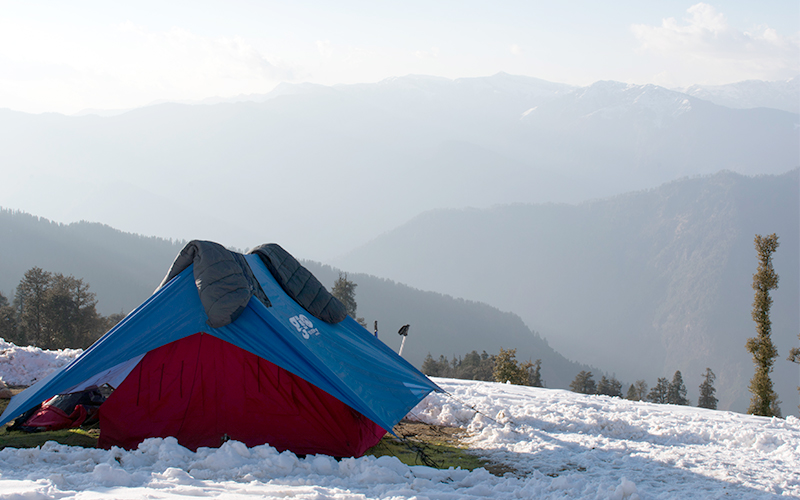
KEDARKANTHA WINTER TREK: A JOURNEY FILLED WITH JOY, ADVENTURE, AND BLISS!
Author: DevendraKEDARKANTHA WINTER TREK: A JOURNEY FILLED WITH JOY, ADVENTURE, AND BLISS
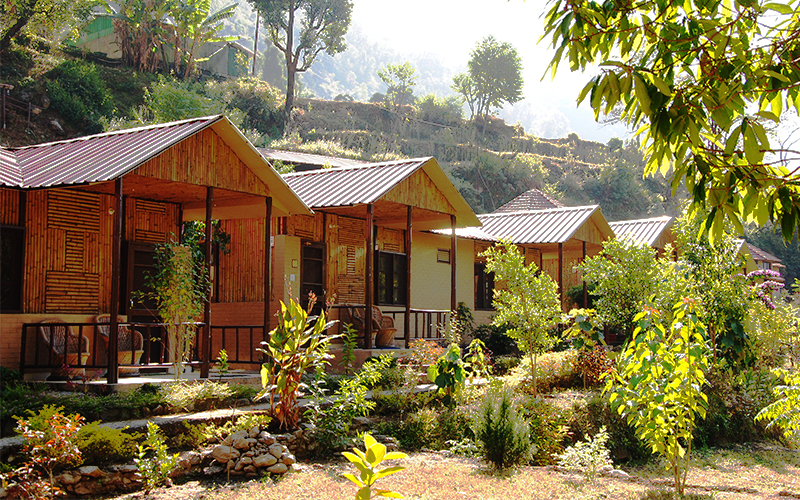
VERDANT VALLEY KUND - GET CLOSER TO PARADISE
Author: Jyotsna RamaniVERDANT VALLEY KUND - GET CLOSER TO PARADISE
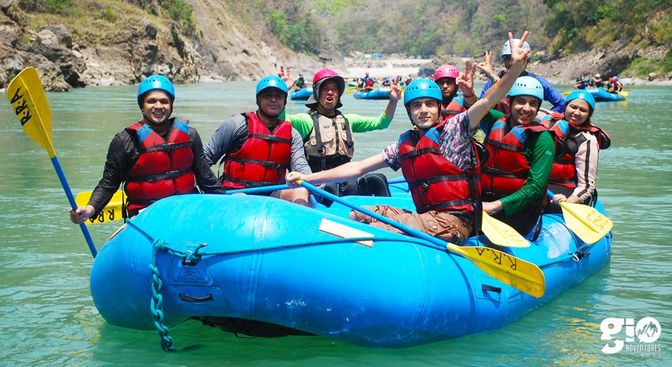
RAFTING WITH FAMILY
Author: AksharaRAFTING WITH FAMILY
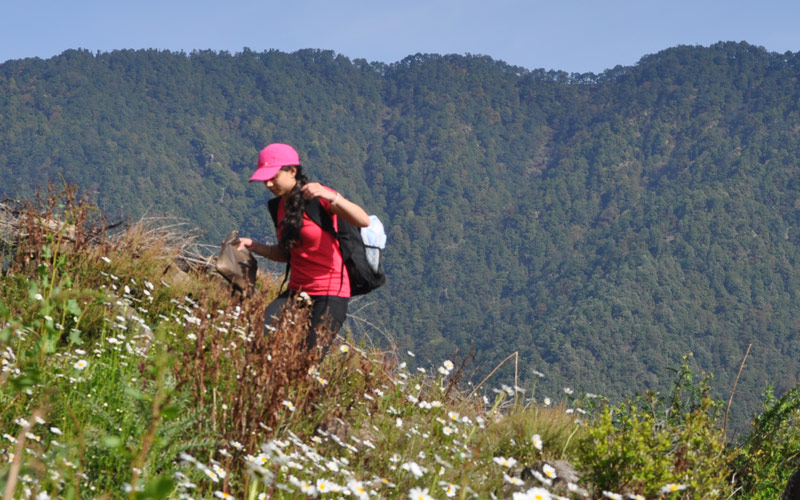
PREPARE MYSELF FOR A TREK
Author: Aditi Mathur KumarPREPARE MYSELF FOR A TREK
Recognised by Ministry of Tourism, Government of India as an Approved Adventure Tour Operator
